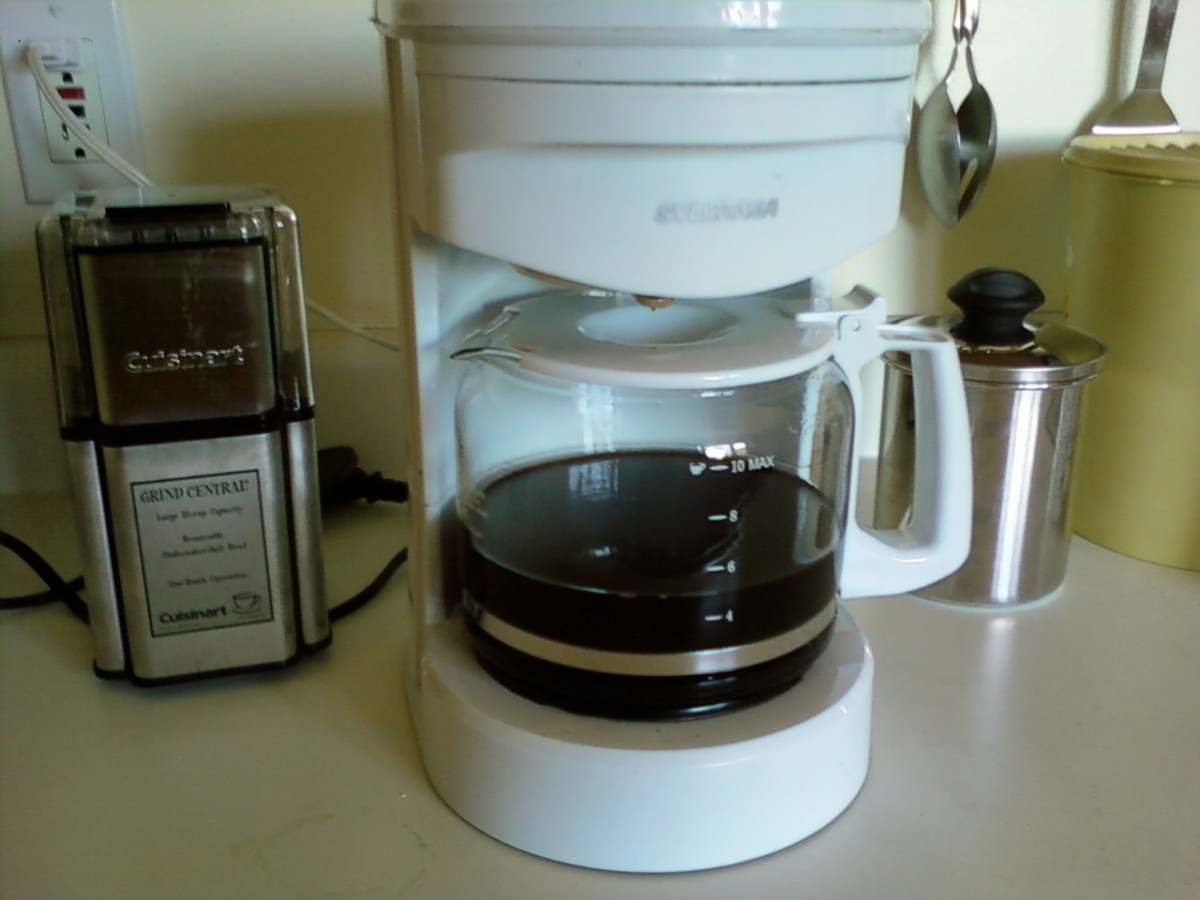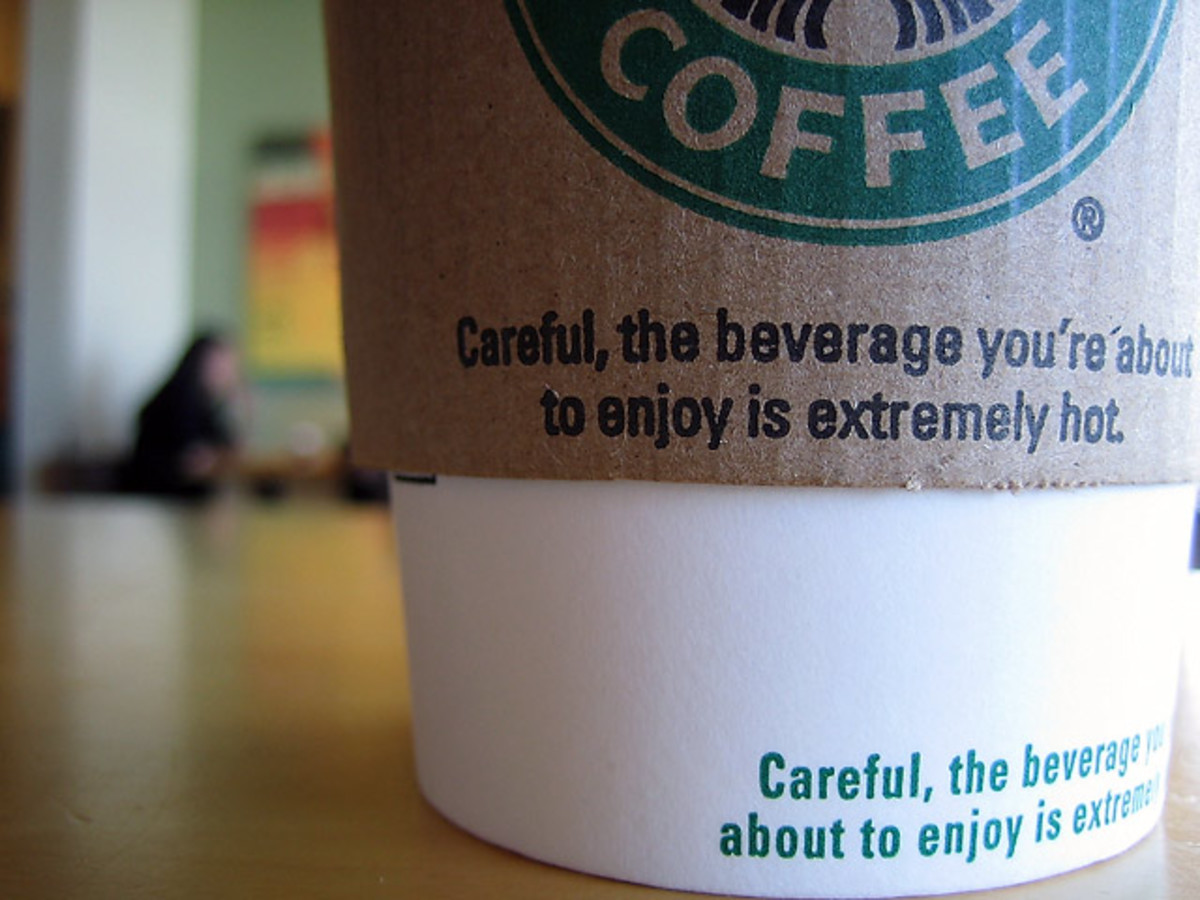How to test your Coffee Brewer

Occasionally, I visit mainstream consumer feedback sites. Sometimes I’m in the same boat as a lot of consumers. I need to buy a product, like a vacuum cleaner, and I’m looking for some neutral feedback from end-users, hoping for insights based upon actual experience using the product. Too often, I find the reviews either a) giddy new-car-smell-type early raves. Sometimes they are so upbeat I suspect they are written by marketing people on a slow day at the office, or b) buyers remorse rants written with vengeance after spending an hour listening to on-hold music at the manufacturer’s customer service complaint line. In either case, I still look for something resembling a testing methodology.
With coffee brewers, it can be quite simple. There are some established objectives and it either meets them or it doesn’t. I’ve found precious few reviews that seem to address the solid facts.
I’m about to share some basic criteria that your coffee brewer should meet. However, I’m going to go a step beyond that. I must admit, there are some popular methods that don’t meet the established criteria and I’m going to question some of the criteria and suggest some common sense (I’ll stop short of calling it scientific) ways of interpreting the results and even suggest to you what I think is most important.
Then, as always, I suggest using your own taste buds as the final test for any gear or procedure. Hopefully, along the way, I’ll expose a few commonly held myths.
TEMPERATURE – 195 to 205 Fahrenheit is the official recommended temperature. It’s easy to measure this using a non-rigid probe thermometer. Most electronic and all science supply stores sell something like this for around $20 and it will be plenty accurate. The most important thing is that it be fast acting, and that’s easy to test using a water faucet. Simply stick it under hot water and see how fast the temperature changes. The reason you want a flexible probe is to be able to bend it around the filter so it is directly under where the water comes out. Then run a brew cycle. Does it stay within this range? You may be surprised. I’ve measured name brand brewers that don’t come close to this range. They try to brew coffee at around 175-180 degrees. That’s a machine that won’t really bring forth the flavors in your beans.
GROUNDS SATURATION – This is about how well the water sprayhead and filter are designed to keep all the grounds wet during brewing. It’s a major weakness in many brewer designs. One of my favorite all-time brewers, a four-cup made by Kitchen Aid, actually brewed at slightly substandard temperatures (190 or so) but did such a good job at getting all the grounds wet that I preferred it (still do) to some machines that get the water plenty hot, but don’t do such a thorough job of extraction of all the grounds. Let me give you another example of a popular brewer that, by design does a great job of grounds extraction but marginal temperature-wise: the French Press. If you ever measure the press temperature during brewing, it’s almost always well below 195 during most of the extraction, but no one challenges the press’ ability to get all the grounds to extract.
CONTACT TIME – I stress contact time so much because it is currently the most common fault of the typical consumer auto drip brewer, and also a common fault of overzealous consumers when grinding for auto-drip or manual brewers. Contact time has been predictive-engineered into every auto-drip machine. It is first influenced by how fast the water drips into the brew basket. Then it is maintained by the correct grind within the brew basket. Finally, it is controlled by the release determined by size of hole at the bottom of the brew basket. When everything is working well together, the water drips from above onto the grounds, which are ground fine enough to cause a backup that keeps the water line just above the grounds so that all are kept under water, while the grind is coarse enough to keep the brewed coffee flowing out below through a perfectly sized hole at the filter’s bottom. If your filter overflows, your water is flowing in too fast, your grind is too fine, or the filter’s exit hole is too small. If you notice dry grounds that never participated in the extraction process, your water is dripping in too slowly, your grounds are too coarse, and/or the filter’s exit hole is too large. The easiest consumer variable to play with is grind.
By far, though, the great mortal sin committed by many consumer auto-drip machines is a very slow drip into the filter basket. This is most often caused by designing a very substandard heating element that just can’t keep up with the kind of hot water supply we want to douse a healthy amount of grounds, fully saturate them and then brew a full pot of coffee within, say five or six minutes.
When manufacturers fail to provide the proper technical muscle to their product, they do what they always do to cover their failure: call in the marketing people. They start using terms like “brews 12 cups at a cup-per-minute”. Where did that term come from? I have no idea, but I can tell you what happens. After the sixth cup, a cup-a-minute machine begins to over-extract. After ten minutes or so, the grounds give off some pretty nasty flavors. If you’re using anything resembling good coffee in them, it’s pretty much a waste of money.
So, the easiest test of all is to simply time your brewer. If it’s up to eight minutes, you can probably compensate by grinding coarse. If it’s past that, I would suggest parting company with it. If you’re absolutely determined to make it work, you can compromise by brewing half batches or so, on the theory that you can bring the contact time down to around six minutes. It still won’t address temperature shortcomings, but it will at least help prevent over-extraction.
So, these are the tests I use for every machine that passes through the door into my house.
© 2015 Discover the World








